Polar Vantage V3 review: multisport watch with oodles of recovery features
Polar's flagship Vantage V3 allows you to optimise health for better athletic performance
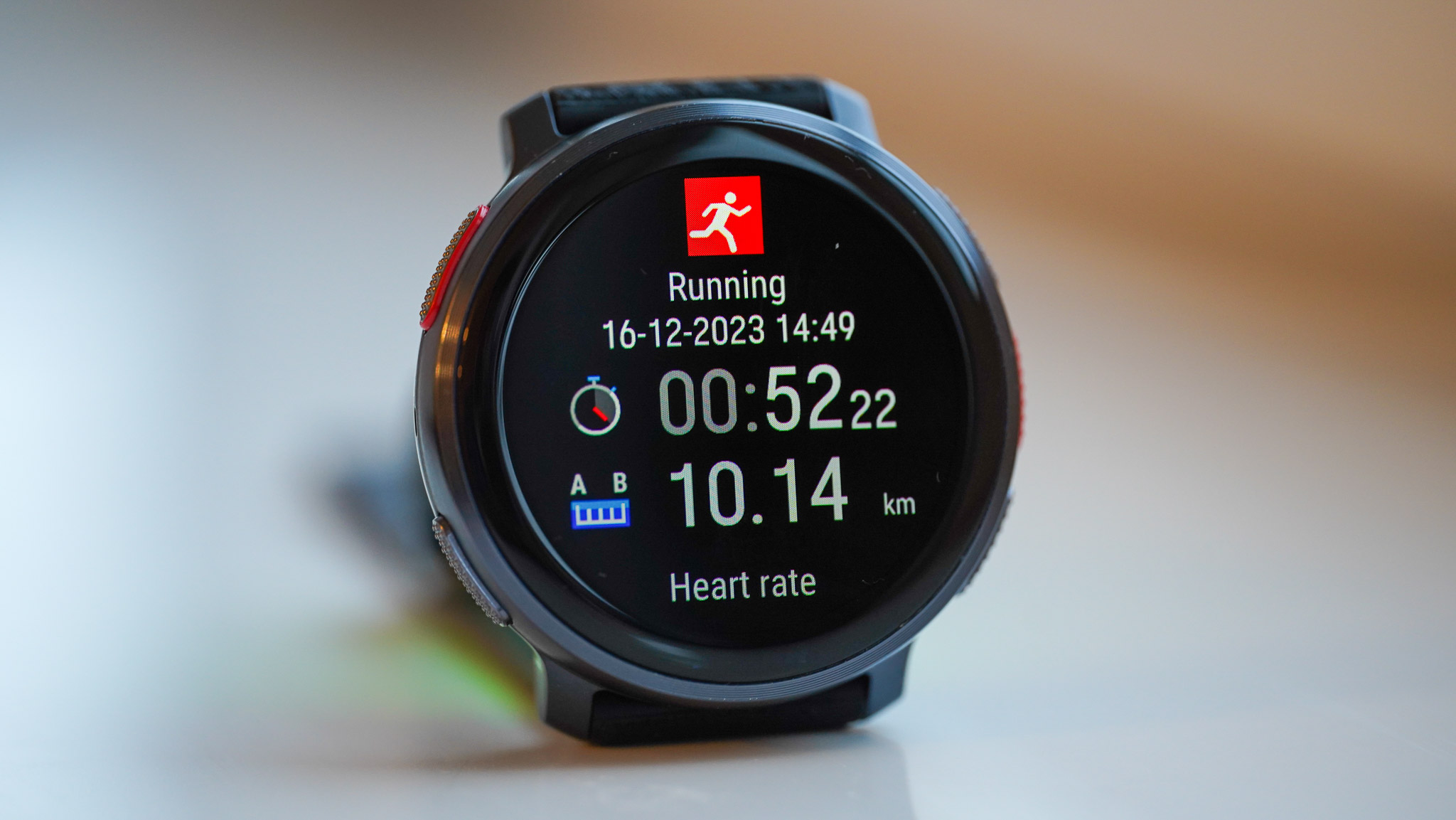
The somewhat dated UI and the overly eager heart rate and calorie expenditure estimations might tarnish the image of the perfect multisport watch, but the Polar Vantage V3 is a true flagship wearable and showcases everything the brand can do with its smartwatches. Thanks to the new Polar Elixir sensing platform, there is an added layer of complexity to the data collected by the watch, which makes training and recovery suggestions more accurate.
-
+
Updated sensor platform
-
+
Lightweight design
-
+
Tons of recovery features and tests
-
+
Large, bright display
-
-
Over-estimates heart rate/calories burned
-
-
Smartphone syncing could be smoother
-
-
UI isn't the prettiest
Why you can trust T3

You can't rush things like this Polar Vantage V3 review. One of the best triathlon watches around, Polar's flagship wearable is full of features, and it takes forever to test these meaningfully. And I mean forever. You have to use it for weeks to start seeing trends and for the watch to learn how much it can expect from you. It's hard work, people!
It's not work that I loathe, though. The watch's predecessor, the Polar Vantage V2, was one of the first smartwatches I reviewed for T3 and, therefore, has a special place in my heart. Also, I recently spoke to Polar's CEO, Sander Werring, about the watch, which made me curious about the brand's new sensing platform, Polar Elixir.
Without getting ahead of myself, the Polar Vantage V3 provides the exact user experience, training and recovery help I expected from it, for better or worse. It's your best option if you want to optimise health for better sports performance, but as a smartwatch, it has a way to go before it can attract people away from using Apple Watches.
Should you buy the Polar Vantage V3? What are the new features, and how do they work? Is the Polar Vantage V3 better than the Garmin Forerunner 965? Let's find out!
Polar Vantage V3 review
Polar Vantage V3 review: price and availability
Launched in October 2023, the Polar Vantage V3 is available to buy now directly from Polar UK, Polar US and Polar AU for a recommended retail price of £519/ $600/ AU$ 899. It's available in one size only (47mm) and in three colours: Night Black, Sky Blue and Sunrise Apricot.
You can also buy the Polar Vantage V3 version bundled up with the Polar H10 heart rate monitor for £559/ $650/ AU$ 999. This bundle is only available in the Night Black colourway. For the best prices, check out the price widgets at the top and bottom of this Polar Vantage V3 review.
Polar Vantage V3 review: specification
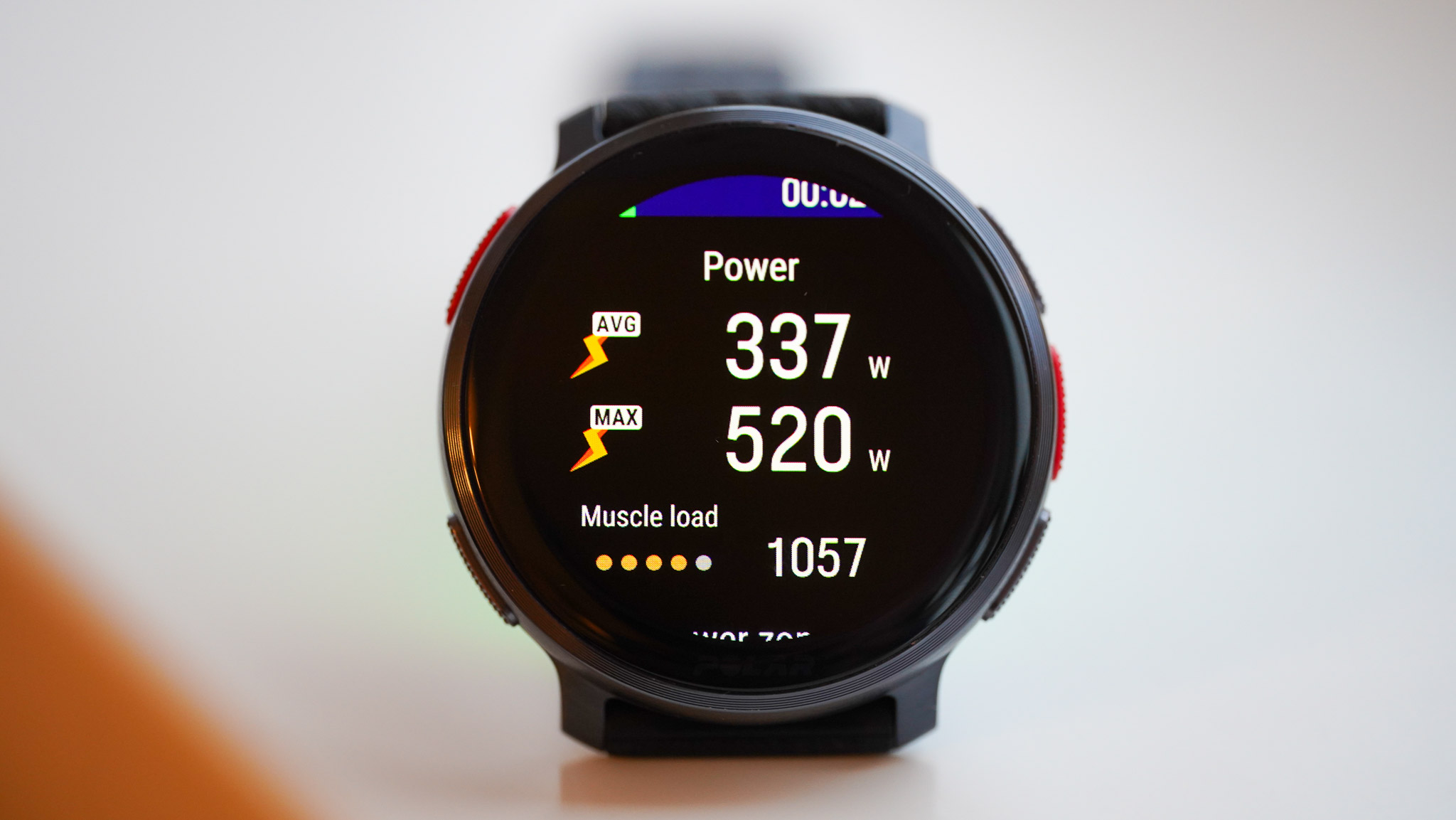
- Weight: 39g (without strap), 57g (with strap)
- Battery life: up to 16 days (smartwatch mode), up to 61h (GPS mode)
- Battery capacity: 488 mAh
- Water rating: WR50
- Display type: AMOLED
- Display size: 1.39-inch
- Display resolution: 454 x 454
- Touchscreen: yes
- Case material: Aluminium
- Screen material: Gorilla Glass 3
- ANT connectivity: no
- Connectivity: Bluetooth 5.1, no ANT
- Positioning: dual-frequency GPS
Polar Vantage V3 vs Vantage V2: Quick comparison
| Header Cell - Column 0 | Polar Vantage V3 | Polar Vantage V2 |
|---|---|---|
| Case size | 47 x 50.8 x 14.5 mm | 47 x 47 x 13 mm |
| Weight (without strap) | 39g | 34g |
| Display | AMOLED, 1.29", touchscreen, 454 x 454 pixels | MIP, 1.2", touchscreen, 240 x 240 pixels |
| CPU and storage | 275 MHz, 37 MB RAM, 32 GB storage | 120 MHz, 0.64 MB RAM, 32 MB storage |
| Operating temp and water rating | -20°C - 50°C, WR50 | -10°C - 49°C, WR100 |
| ECG, skin temp and SpO2 sensors | Yes | No |
| Battery | 488 mAh, battery life up to 16 days/61h (smartwatch/GPS mode) | 346 mAh, battery life up to 7 days/40h (smartwatch/GPS mode) |
| Offline maps | Yes | No |
Polar Vantage V3 review: design and build quality
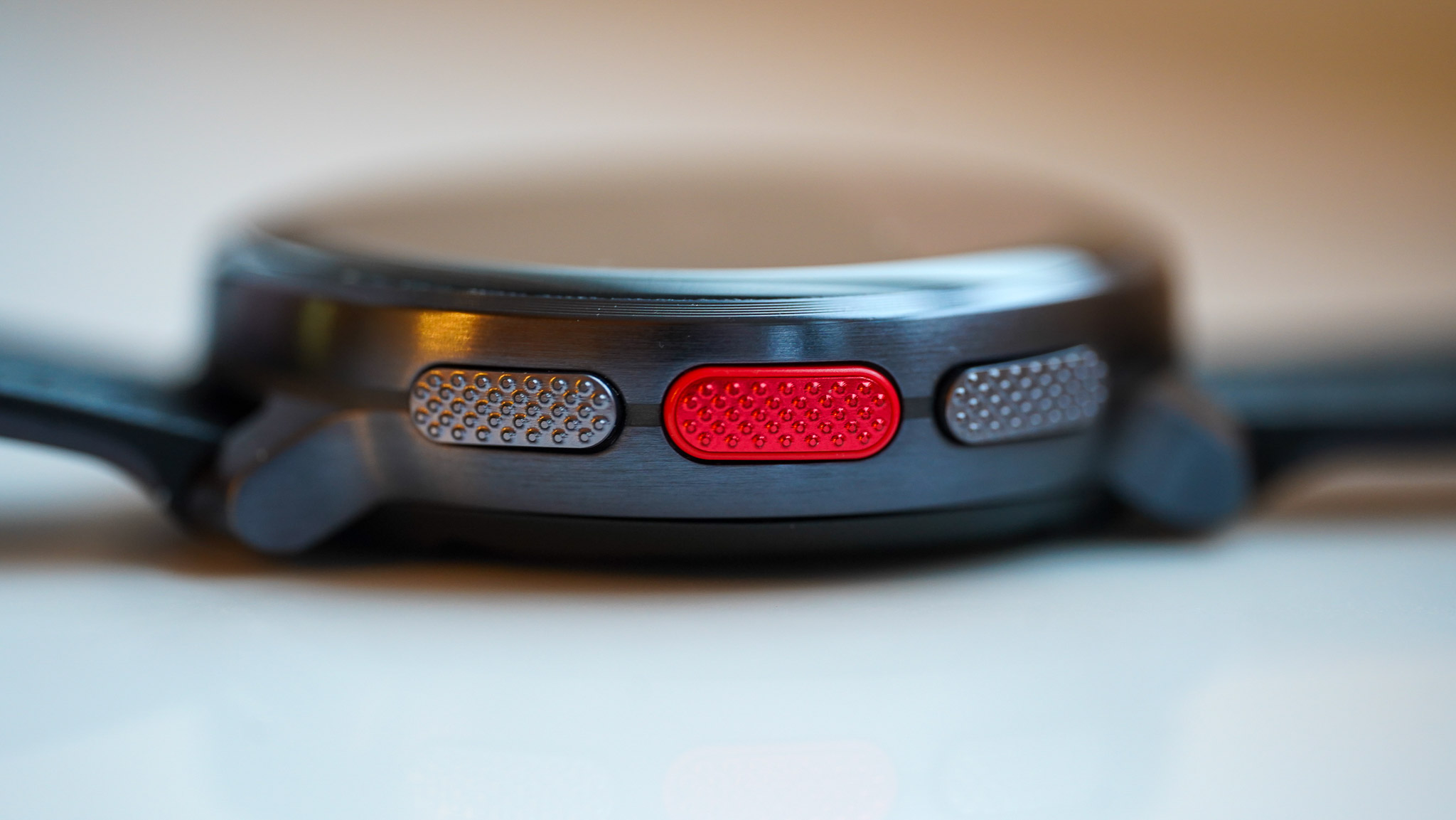
It might look similar at first sight, but the Polar Vantage V3 is very different from its predecessor, both inside and outside. It has a taller and heavier watch case, a larger AMOLED display that's brighter and has more resolution, a faster processor, more storage, and a new sensing platform with more sensors than before.
What stayed the same were the button layout and the overall shape and feel of the watch. The Vantage V3 is distinctively a Polar wearable, which is something the company is very keen on emphasising – they don't want existing Polar users not to feel right at home after they update to the new watch from an older wearable.
I'm glad to see (and experience) the CPU improvements. The Polar Vantage V3 is said to have a 129% faster CPU speed compared to Vantage V2, as well as a dual-frequency GPS. The processor is actually the same as the one powering the Polar Pacer Pro. However, the maximum CPU speed in Vantage V3 is higher – 275 MHz in Vantage V3 vs. 192 MHz in Pacer Pro.
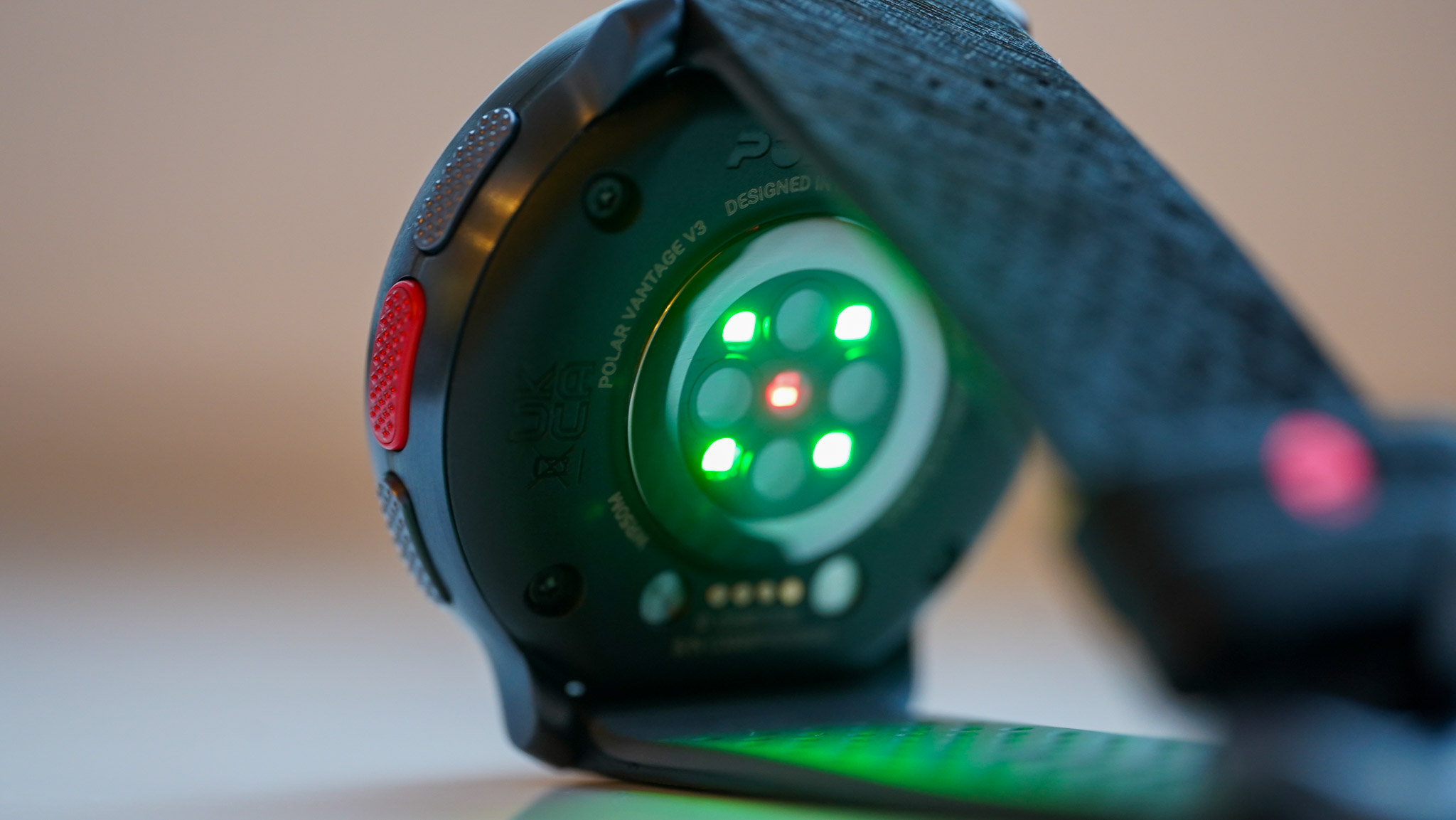
Another big update is the Polar Elixir sensing platform. This replaces Precision Prime and adds ECG, SpO2 and skin temperature sensors to the mix to provide a more accurate and holistic overview of your health. Polar is very proud of this setup, and it should be, as Elixir enables the company to take more health metrics into account when suggesting training and recovery options.
Despite all the changes, the Polar Vantage V3 could be easily mistaken for the Vantage V2 if not interacted with. This is a conscious decision on Polar's behalf to help Polar users migrate from older models to newer ones with hiccups. This also means that the Polar Vantage V3 isn't the sexiest wearable in 2023, which I'm sure isn't an issue for existing Polar users but might not make fans of other smartwatches switch to Polar in droves.
Finally, the Polar Vantage V3 went through a little downgrade in terms of water tightness. The Vantage V2 had a WR100 rating (100 ATM), while the Polar Vantage V2 is 'only' rater to WR500 (50 ATM). This won't be an issue in most cases; after all, this isn't a dive watch, and not every wearable needs to be as waterproof as the Apple Watch Ultra 2.
The W50 rating is more than adequate for open water and pool swimming, as well as triathlons.
Polar Vantage V3 review: features
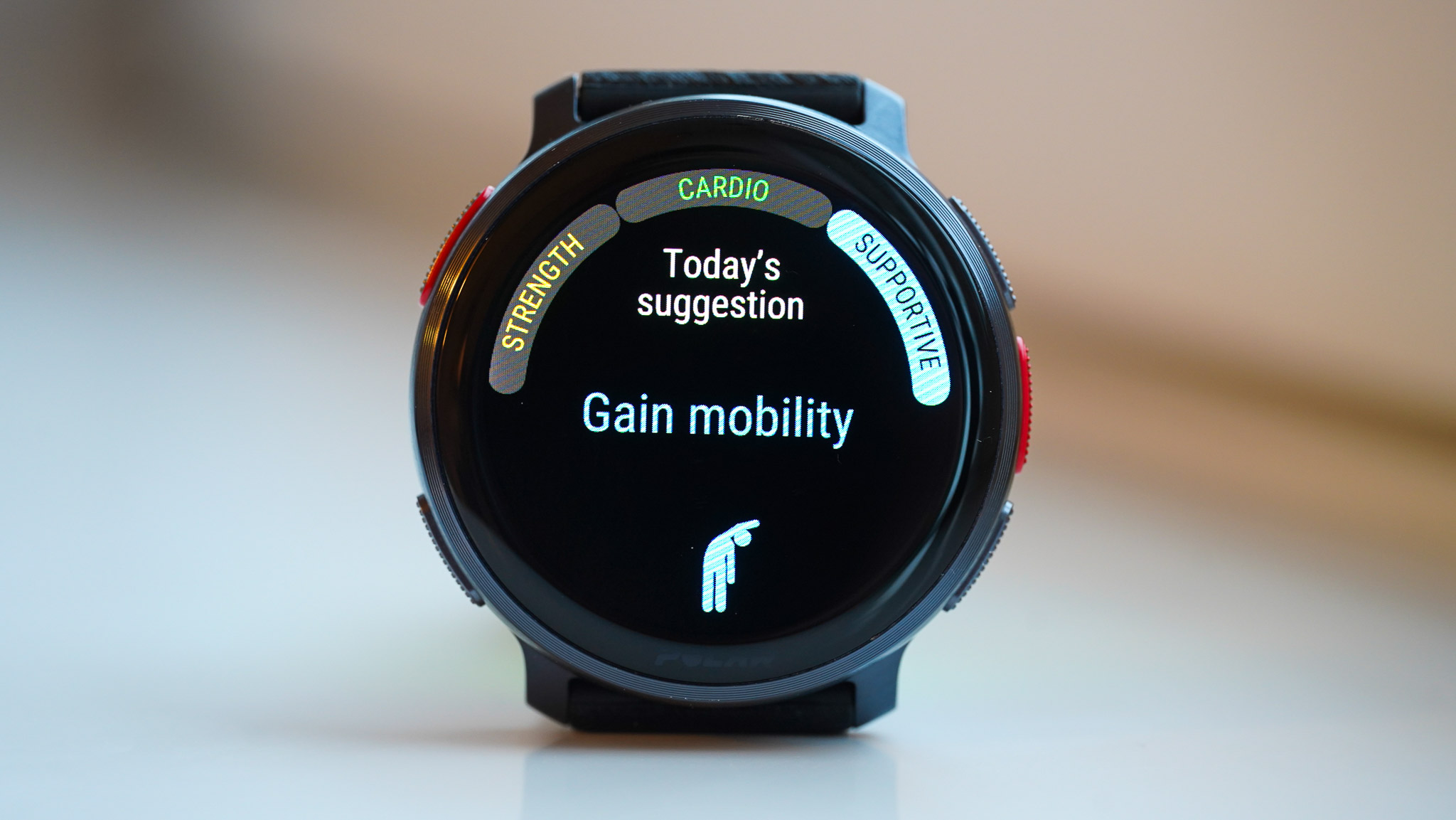
Similarly to its physical design, the feature list of the Polar Vantage V3 is a mix of familiar options and new additions. However, some of the old features are boosted in terms of accuracy, thanks to Polar Elixir.
The new sensor platform adds another layer of complexity to the health and training data gathered by the Vantage V3, which I'm sure is excellent news to people familiar with Polar's wearables' well-earned reputation as recovery advising gadgets.
These new sensors and features include ECG, blood oxygen monitoring (SpO2) and skin temperature tracking, the latter of which is used during sleeping to determine how well you've recovered from the day before.
Most of the features from previous Polar watches are present, such as Nightly Rechange, Serene, FuelWise, Training Load Pro, Recovery Pro, FitSpark, TrackBack, Hill Splitter, etc. In fact, as a flagship wearable, the Polar Vantage V3 has all the features Polar has to offer!
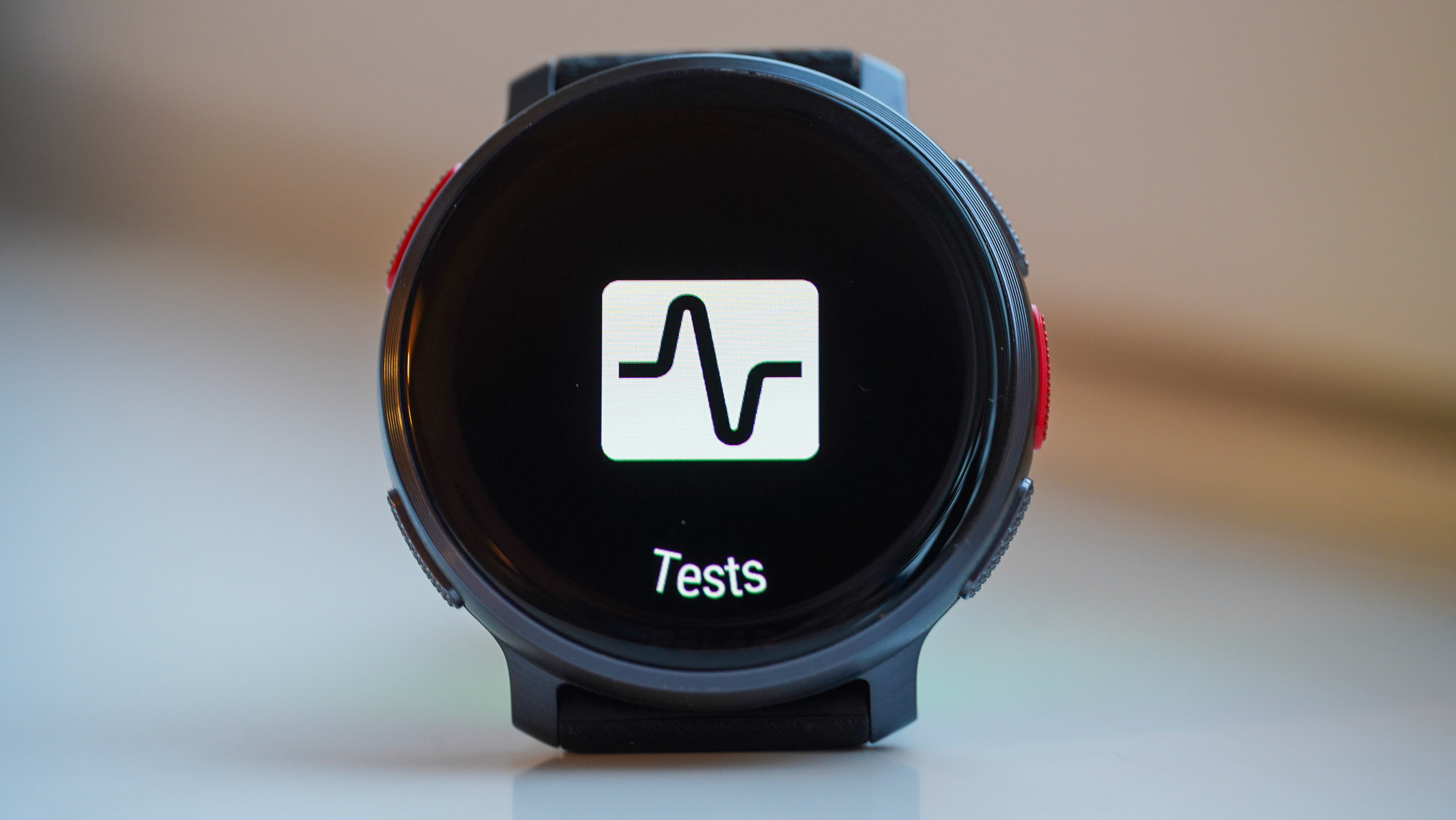
Furthermore, you also get access to everyone's favourite Polar features, the tests. Better still, you get all the tests, like the Leg Recovery Test, Fitness Test, Performance Test, Orthostatic Test, Running Performance Test, Cycling Performance Test, and Walking Test. The Polar Vantage V3 can measure running power on the wrist, too.
A new addition to the Vantage line is offline maps, 'borrowed' from the Polar Grit X outdoor watch. The Vantage V3 has plenty of storage for maps (32 GB) and provides navigation guidance if needed. This makes it an even more well-rounded multisport watch than before.
Sadly, and despite the extra storage, the Polar Vantage V3 still can't store music offline – you can only control music on your phone, using the watch as a remote. On the flip side, you get access to smart notifications, weather data, and more as long as your watch is connected to your smartphone.
This segues me nicely into the subject of connectivity. Why do I, in 2023, still need to press a button on the Polar Vantage V3 for it to initiate a connection with my phone? Surely there is a way for this to happen automatically. In my experience, Polar watches are notoriously terrible when it comes to smartphone connectivity, even when the two devices are right new to each other.
The Polar Flow app is still the same (again, for better or worse) and provides an overview of all your key stats. It's not the prettiest companion app, but it does the job just fine. Some user interface updates (i.e. modernisation) would be nice to see in the app and on the watch. I'm sure the gradual updates will get us there, eventually.
Polar Vantage V3 review: performance
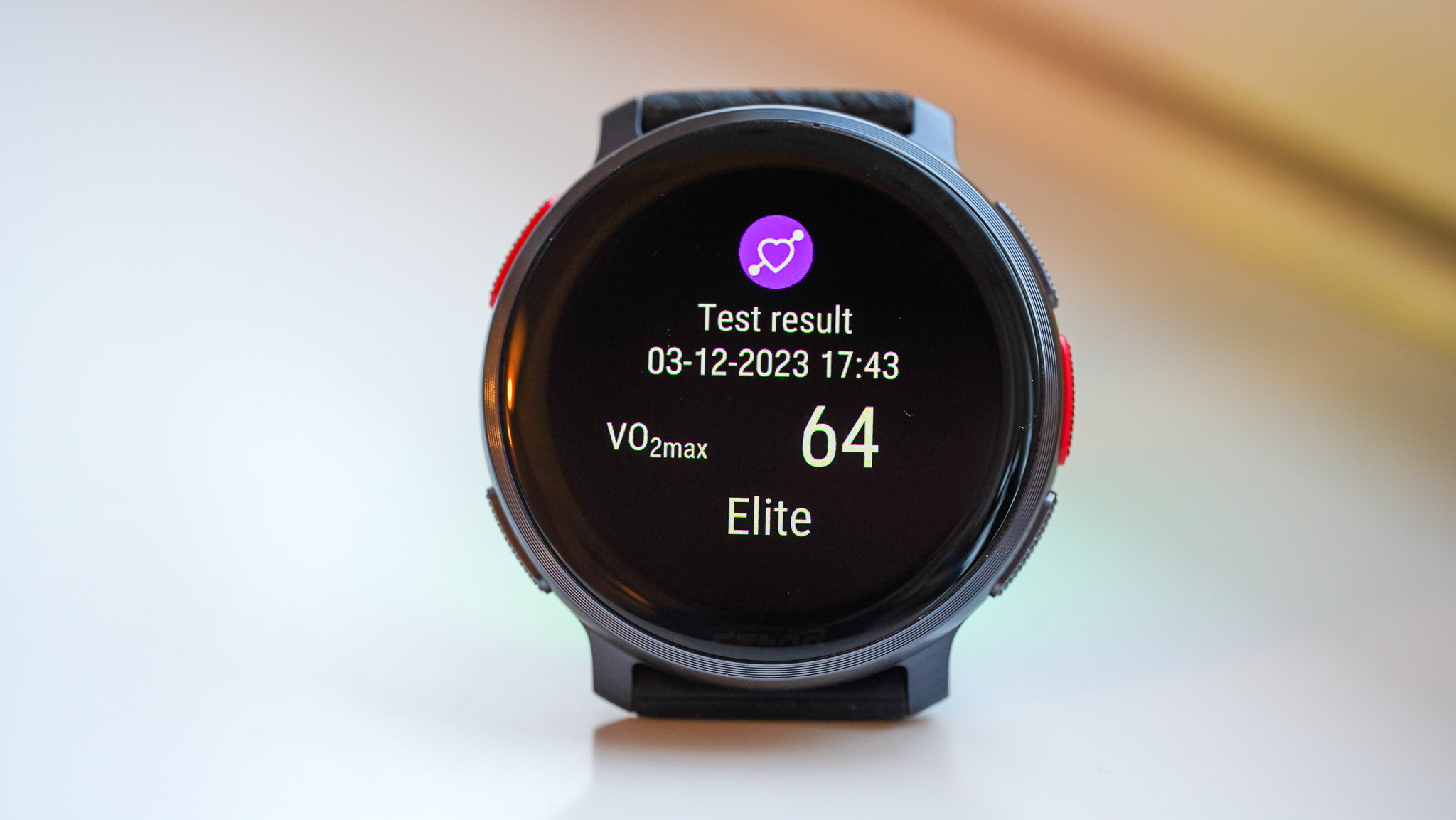
I know it's wrong, but one of the main reasons I like Polar watches is because they are very generous with their heart rate, VO2 max and calorie expenditure calculations. Even though my Garmin Fenix 7 and Apple Watch Series 9 say my VO2 max is between 49 and 52 mL/kg/min, Polars often say it's over 60 mL/kg/min.
(The exact measurement was 64 mL/kg/min.)
As for the heart rate and calories, they go hand in hand. It's not unusual for the Polar Vantage V3 to tell me I burnt upwards of 3,000 calories on a day when I only went on an hour-long run and sat on the sofa (working, of course) for the rest of the day. And although this helps me justify scoffing down a full pack of Jaffa Cakes, deep down, I know that those estimations probably aren't right.
I hoped the new sensing platform would improve this, but seemingly, estimations are more or less the same, although you get more data thanks to the new sensors. I wonder if it's almost similar to Apple not expanding the battery life on its watches.
Polar's higher estimations might be kept as they are to provide a more continuous experience across multiple generations of wearables. It's also possible that other wearables are wrong in their estimations, and Polar is the only one that does it accurately.
I hope so, as that would mean I have a high VO2 Max and burn tons of calories every day. Woohoo!
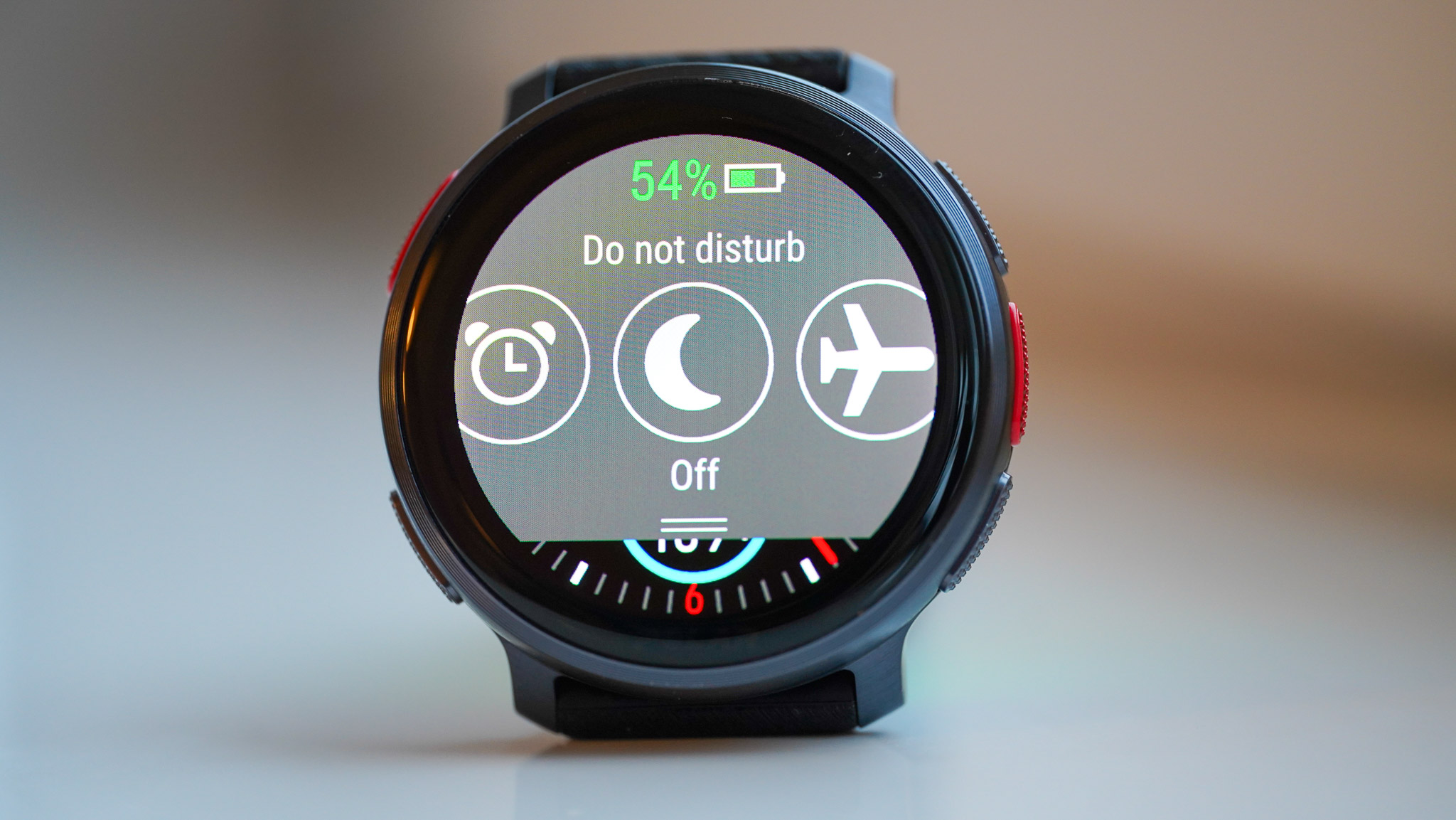
The dual-frequency GPS unit is a nice addition, and based on my experience, it works well. It's worth mentioning that I live by the sea with a clear view of the sky most of the time – not the most challenging environment for GPS. That said, the watch finds a signal quickly, and I had no issues with it dropping during workouts.
Sleep and recovery suggestions are good. Again, you have a bunch of new sensors, which help the Polar Vantage V3 assess sleep better, for example, which helps determine the level of recovery, and so on. Even before Polar Elixir, I couldn't think of another wearable that had such a robust recovery suite as Polar watches, and the new sensors definitely help elevate this to the next level.
A small grief of mine is the user interface of the watch. Thankfully, the faster processor got rid of the lag I experienced on the Vantage V2, but the icons and layout could use a fresh lick of paint. That grey drop-down menu for the settings looks like something from the glory days of the internet or a wireframe a designer would use as a placeholder before they implement their actual design.
Polar Vantage V3 review: verdict
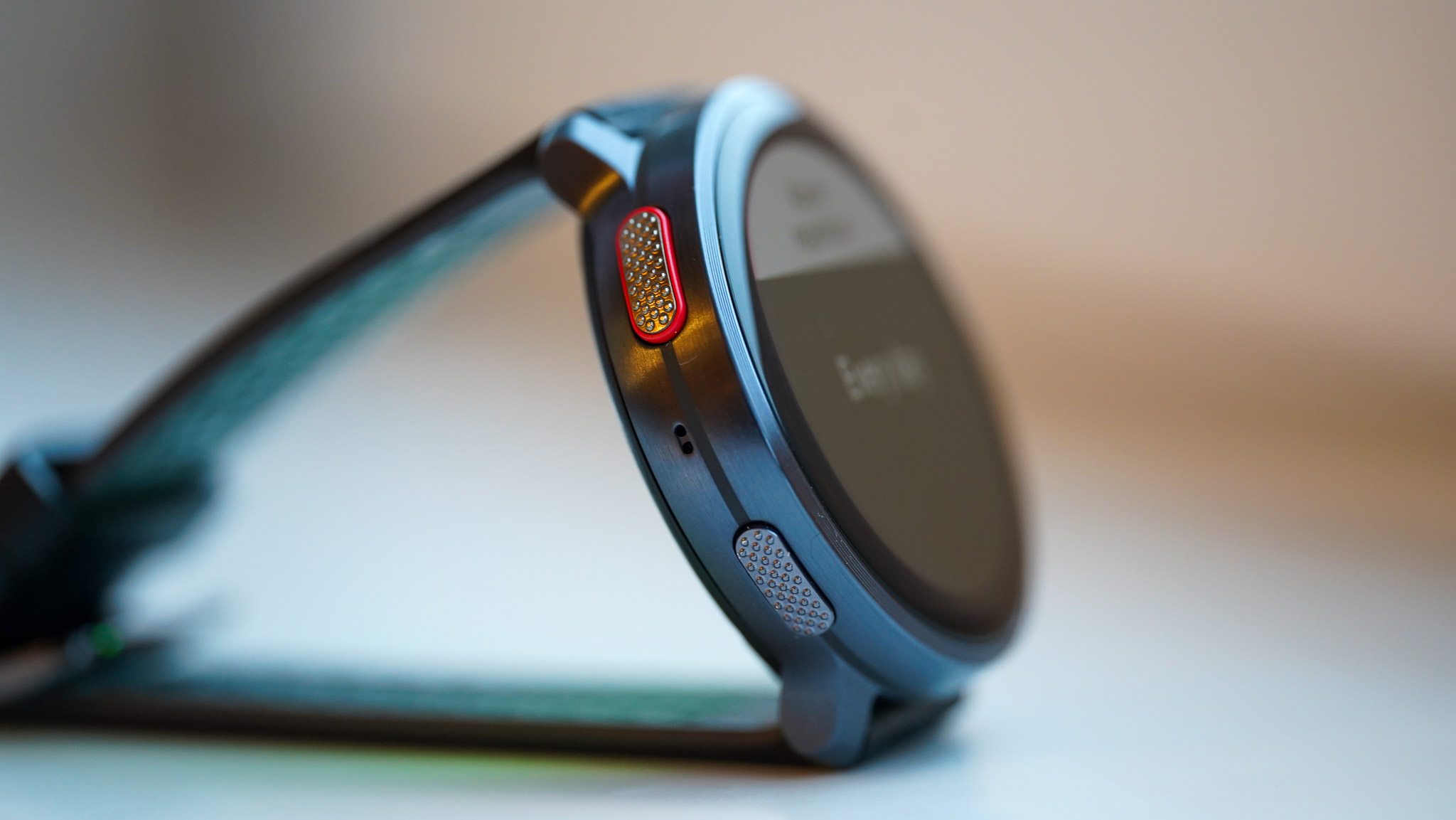
The Polar Vantage V3 is a true flagship wearable in the sense that it showcases everything the brand can do with its smartwatches. As such, it's not for everyone; after all, you can get very decent multisport wearables for less from Garmin, Coros, and the rest. Not to mention Polar!
(Looking at you, Polar Pacer Pro.)
The new Polar Elixir sensing platform adds a layer of complexity to the data collected by the watch, which, in turn, makes some of the training and recovery suggestions more accurate. That said, the Polar Vantage V3 still overestimates calorie expenditure and heart rate measurements, at least in my experience.
You can't be mad at it, though, as the Polar Vantage V3 is such a well-rounded multisport watch that's tailor-made for triathletes. Thanks to its many sensors, available tests, and recovery suggestions, I also can't think of any other performance wearable I'd use to keep tabs on my overall health during strenuous training.
Polar Vantage V3 review: also consider
If you're really into your training and don't care too much about smart features, the Wahoo Elemnt Rival might be a better option for you. Thanks to its seamless transition feature that allows for button-free switching between running, cycling and swimming, Wahoo's wearable is especially popular among triathletes. Also, it's half the price of the Polar Vantage V3. Read Leon's full Wahoo Elemnt Rival review.
Another (cheaper) option would be the Garmin Forerunner 255, especially for those with smaller wrists. Garmin's mid-range multisport watch offers heap-loads of features for runners, cyclists, and everyone else who likes to train hard. Plus, the MIP display is something many old-school people prefer over the Vantage V3's AMOLED screen. Read my full Garmin Forerunner 255S review for more info.
Sign up to the T3 newsletter for smarter living straight to your inbox
Get all the latest news, reviews, deals and buying guides on gorgeous tech, home and active products from the T3 experts

Matt Kollat is a journalist and content creator who works for T3.com and its magazine counterpart as an Active Editor. His areas of expertise include wearables, drones, fitness equipment, nutrition and outdoor gear. He joined T3 in 2019. His byline appears in several publications, including Techradar and Fit&Well, and more. Matt also collaborated with other content creators (e.g. Garage Gym Reviews) and judged many awards, such as the European Specialist Sports Nutrition Alliance's ESSNawards. When he isn't working out, running or cycling, you'll find him roaming the countryside and trying out new podcasting and content creation equipment.
-
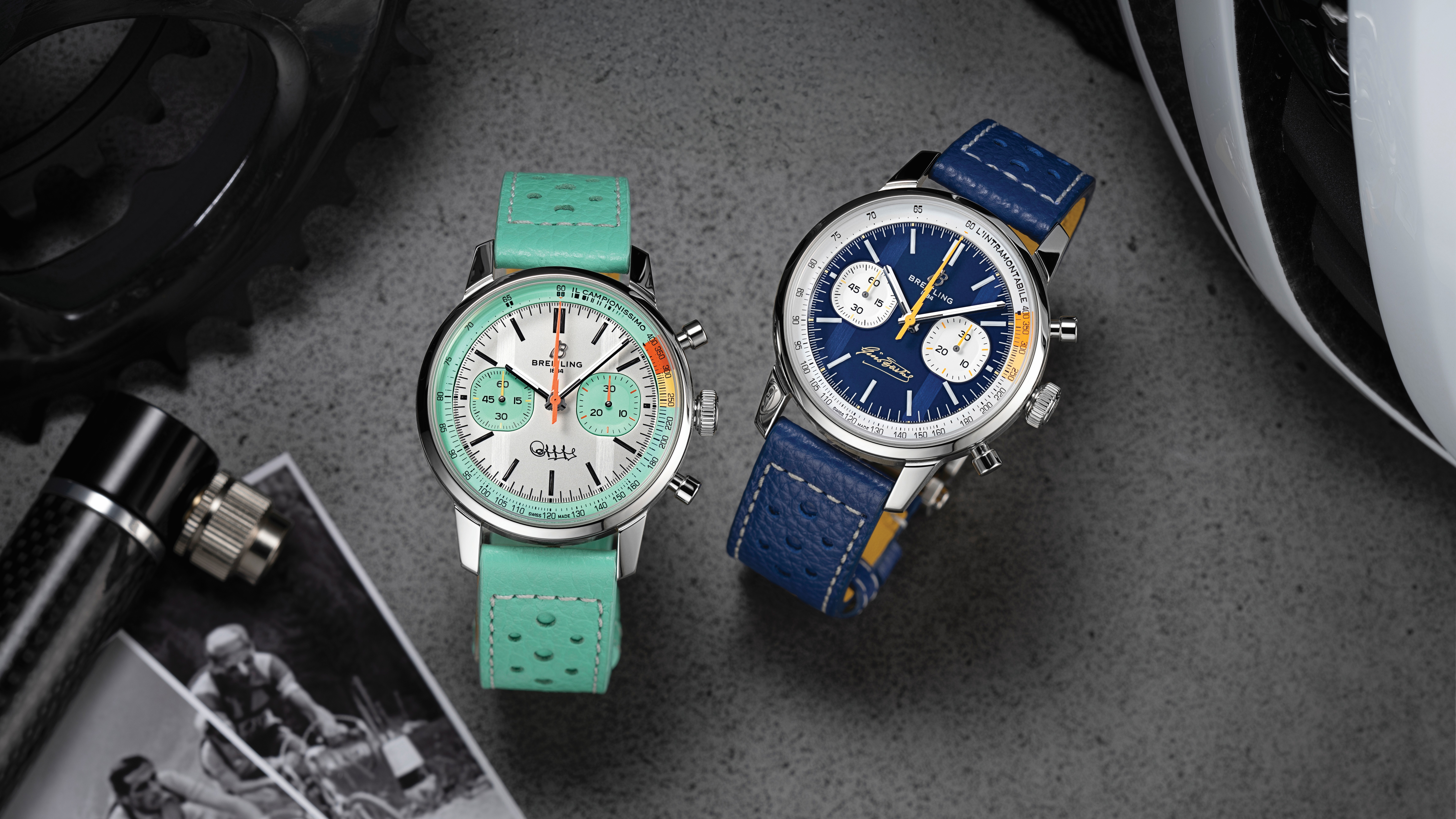 Breitling adds two new Top Time chronographs celebrates the legacy of cycling legends
Breitling adds two new Top Time chronographs celebrates the legacy of cycling legendsThese are gorgeous watches
By Sam Cross Published
-
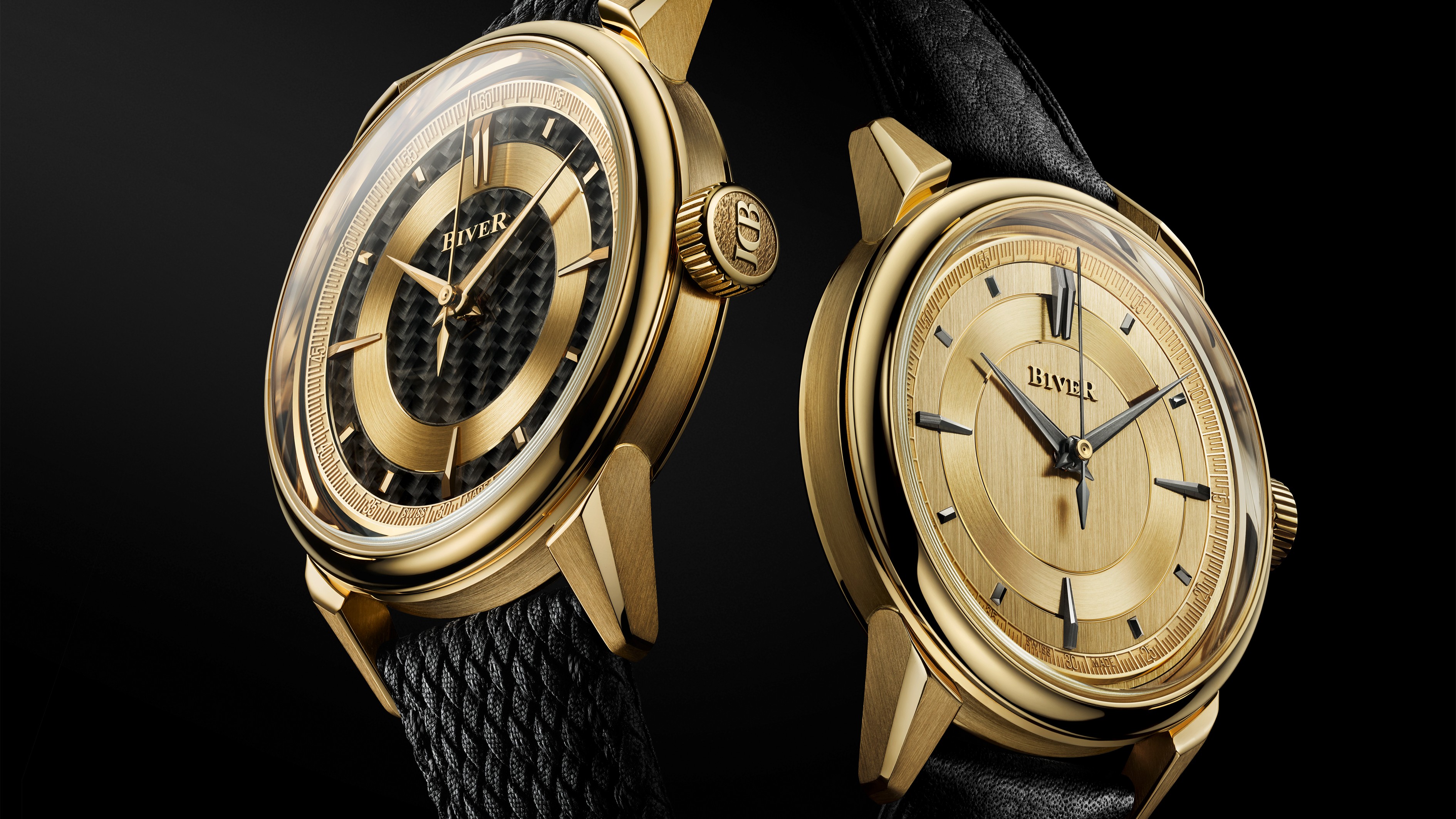 Biver adds another two Automatique models to its collection
Biver adds another two Automatique models to its collectionThese are classy additions
By Sam Cross Published
-
 Audeze’s new planar headphones promise studio-quality sound without a sky-high price
Audeze’s new planar headphones promise studio-quality sound without a sky-high priceThe new LCD-S20 closed-back headphones are Audeze's most affordable premium planar headphones yet
By Carrie Marshall Published